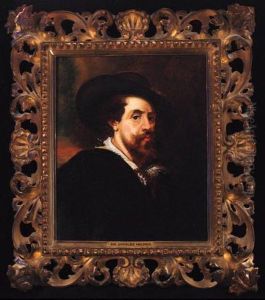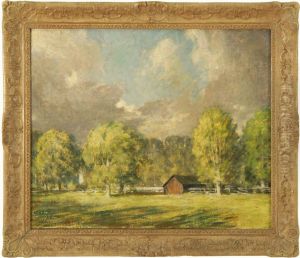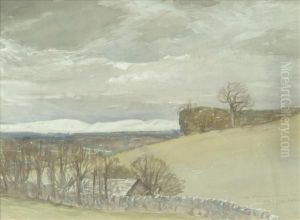Charles John Holmes Paintings
Charles John Holmes was a distinguished British art historian, curator, and painter, born in 1868. He made significant contributions to the art world through his multifaceted career, which straddled both the creation and the academic study of art. Holmes's educational background and intellectual curiosity equipped him well for a life dedicated to the arts; he was known for his keen analytical skills and a profound understanding of art history, which he applied both in his curatorial work and in his writings.
Holmes's career took a significant turn when he became involved with the National Portrait Gallery in London, where he served as a trustee. His expertise and leadership skills were further recognized when he was appointed as the Director of the National Gallery, London, a position he held from 1916 to 1928. During his tenure, Holmes was instrumental in expanding the gallery's collection, acquiring many important works and thereby enriching the national collection. His vision and dedication were pivotal in the development of the gallery, shaping it into an institution of international renown.
Apart from his contributions to the curation and administration of art institutions, Holmes was also a respected painter in his own right. His artistic works, though not as widely recognized as his contributions to art history and museum leadership, demonstrated his deep engagement with the visual arts. He was associated with the Impressionist movement, and his paintings often reflected the influence of this style, characterized by a light color palette and a focus on capturing moments of light and atmosphere.
In addition to his practical involvement in the art world, Holmes was a prolific writer on art. He authored several books and articles, discussing various aspects of art history and theory. His writings contributed significantly to the scholarship of art history, offering insights into the development of art movements and the analysis of specific artworks.
Charles John Holmes passed away in 1936, leaving behind a legacy that continues to influence the fields of art history and museum curation. His life's work exemplifies a deep commitment to the arts, demonstrated through his dual roles as both a creator and a curator of art. Holmes's contributions to the understanding and appreciation of art continue to be valued by scholars and art lovers alike.









